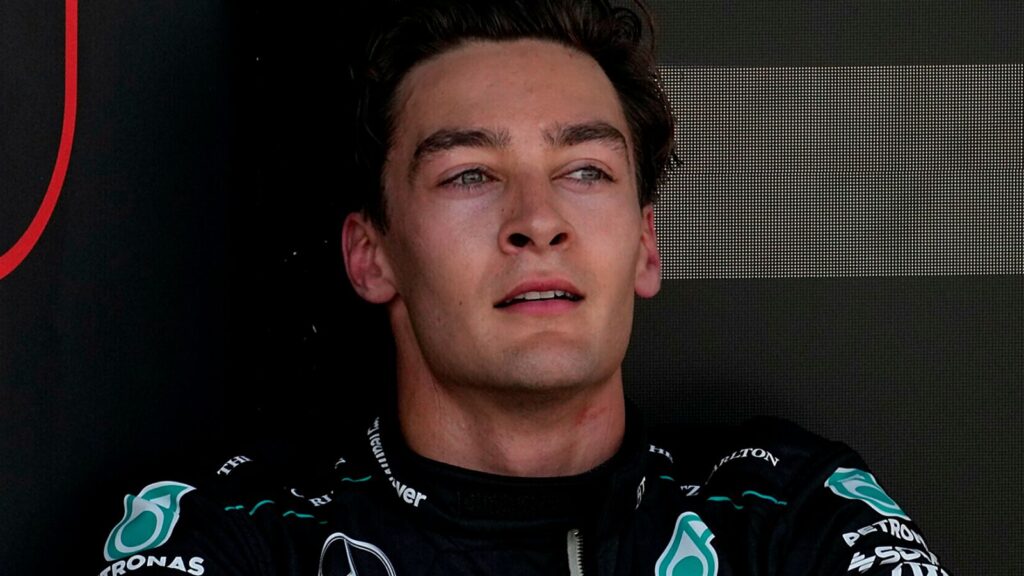Mercedes have explained their initial findings for the reasons behind George Russell’s disqualification from the Belgian GP.
Russell appeared to have pulled off a glorious victory when he held off Mercedes team-mate Lewis Hamilton in the closing stages to take the chequered flag at Spa.
However, the remarkable one-stop strategy that the Brit pulled off ultimately appeared to cost him, as his W15 came in 1.5kg under the 798kg minimum weight limit after the race resulting in disqualification and promoting team-mate Hamilton to race winner.
Mercedes’ trackside engineering director Andrew Shovlin revealed higher than expected tyre wear and plank wear plus the fact that Russell lost “quite a bit of weight” during the race, contributed to the car being too light when weighed post-race.
“We are trying to understand exactly what happened,” said Shovlin in Mercedes’ post-race debrief.
“A lot of that involves us getting the weights of all the different components.
“The car can lose quite a lot of weight during the race. You get tyre wear, plank wear, brake wear, oil consumption.
“The driver themselves can lose a lot, and in this particular race George lost quite a bit of weight.
“The cars started the race the same weight. Lewis and George were both weighed after qualifying. The cars were within 500 grams.
“George’s car was the only one that had the problem, and it is because things like the tyre wear was much higher. It looks like we lost more material on the plank.
“We will collect all that data though, look at how we can refine our processes because, clearly, we do not want that to happen in the future.”
Drivers lose a lot of weight during races – two to three kilograms – due to loss of fluid but it is thought that Russell lost more than expected.
Sholvin also admitted that, as the race went on, the lower weight would have given Russell an advantage over Hamilton and McLaren’s Oscar Piastri who came third.
“In terms of pace at the start of the race, it is nil because George’s car and Lewis’ car start the race at the same weight,” he said.
“Obviously, as George’s car was losing weight faster than Lewis’ throughout the race, there is an associated gain with that.
“But you are into the hundredths of a second per lap. It will be very small because when you are talking about amounts like one or two kilos, they do not amount to a lot of lap time.”
Formula 1 returns after the summer break with the Dutch Grand Prix at Zandvoort on August 23-25, live on Sky Sports F1. Stream every F1 race and more with a NOW Sports Month Membership – No contract, cancel anytime

